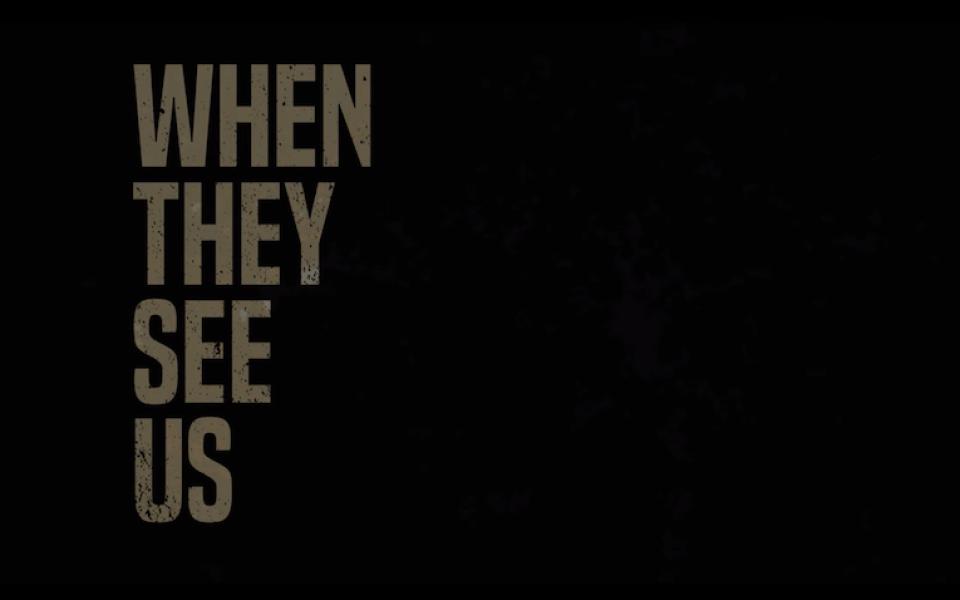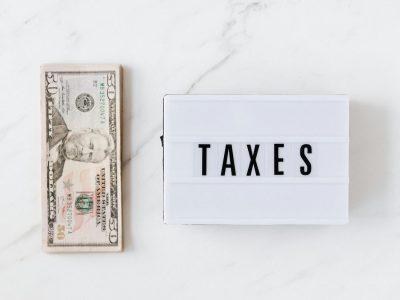Ava DuVernay’s four-part Netflix series When They See Us, which tells the story of five black and brown teenagers falsely accused of brutally beating and raping a 28-year-old white woman, an investment banker, could not be more timely.
It’s not just the feedback loop of a gaudy local real estate developer named Donald Trump grasping at his 15 minutes of fame through the media stunt of taking out a full-page ad in the New York Times to call for the reinstatement of the death penalty and declaring on CNN’s “Larry King Live” that, “Maybe hate is what we need if we’re going to get something done.”

©
Reeling from de-industrialization and the crack epidemic, New York City was considered a poster child for urban crime and chaos in 1989. The notion of New York as dangerous and out of control helped created a clamor for aggressive policing and a prosecutorial complex intent on locking up as many people as possible, no matter how flimsy the evidence and damn the social costs.
New York served as a petri dish for a national obsession with crime that touched every American city and suburb and set the stage for an explosion of incarceration when President Clinton took office about four years later. The “wolfpack” described by the New York media in 1989 would be a familiar trope by 1996, when First Lady Hillary Clinton decried “super predators” and said, “We have to bring them to heel.”
DuVernay’s depiction of how police and prosecutors stitched together a case against five teenagers who barely even knew each other through coerced confessions hit me hard. In April 1989, when the rape and arrests took place, I was 14 years old, the same age as Kevin Richardson and Raymond Santana, the two youngest defendants.
As a white teenager growing up in Kentucky, I was, of course, protected from the predations suffered by black and brown boys at the hands of law enforcement and the court system. But the energy, style and music in the first episode of When They See Us captures a cultural moment that reached me across the chasm of the racial caste system and thousands of miles away. I vividly remember my dad taking me to see Spike Lee’s Do the Right Thing at a cramped community room at Kentucky State University that year, and hearing Public Enemy’s “Fight the Power,” which accompanies the final riot scene in the movie, as an electrifying generational call to arms. That song also features in the early scenes of When They See Us. And the impossibly high-fade haircut worn by actor Ethan Harisse (portraying Yusef Salaam) summoned profiles of hip-hop artists that reached me through my subscription to Spin magazine. The style was cool and sharp, and it signaled defiance and intelligence to my impressionable self.
The railroading of Kevin Richardson, Raymond Santana, Yusef Salaam, Antron McCray and Korey Wise is a story as old as white supremacy. A white investment banker is brutally raped amidst a social backdrop of black, working-class frustration pushing up against white wealth, and so black and brown young boys expressing the exuberance and rebelliousness of youth must pay a price. As Salaam himself recognized in a recent interview with Town & Country magazine, the dynamic is not all that far removed from Emmett Till, a 14-year-old boy who was murdered in Mississippi in 1955 for the alleged offense of whistling at a white woman — a crime for which the white men who perpetrated it were acquitted. Making explicit the lynch-mob rhetoric, future presidential candidate Pat Buchanan wrote in 1989 that Wise should be “hanged in Central Park” while the other boys should be “stripped, horsewhipped, and sent to prison.”
New York City in the 1980s and early 1990s was a place bristling with a special kind of racial tension. Its sagas seemed larger than life. Months before the false confessions were elicited from the boys for the rape of Trisha Meili, Lou Reed’s New York album was released. A dubbed copy of it reached me in Kentucky, and a blistering song called “Hold On” dropped the names Eleanor Bumpurs and Michael Stewart — respectively a disabled, black woman and a black grafitti artist fatally killed by the police — and Bernard Goetz, a white man who shot four black teenagers in the subway. I remember hearing a report on NPR about a white mob that fatally beat Michael Griffith, a 23-year-old black man, in the Queens neighborhood of Howard Beach in December 1986. The murder of Yusuf Hawkins, a 16-year-old black boy, at the hands of a white mob in the Brooklyn neighborhood of Bensonhurst in August 1989 and two years later, the Crown Heights riot, pitting the black and Orthodox Jewish communities against each other, also rippled through my consciousness.
The wrongful convictions of Kevin Richardson, Raymond Santana, Yusef Salaam, Antron McCray and Korey Wise resonate because the years taken away from them, not to mention the public humiliation and hampered ability to work and earn livelihoods, represent white supremacy writ large. Under white supremacy, their dreams had to be ripped away to send the message that white hold the upper hand.
Join the First Amendment Society, a membership that goes directly to funding TCB‘s newsroom.
We believe that reporting can save the world.
The TCB First Amendment Society recognizes the vital role of a free, unfettered press with a bundling of local experiences designed to build community, and unique engagements with our newsroom that will help you understand, and shape, local journalism’s critical role in uplifting the people in our cities.
All revenue goes directly into the newsroom as reporters’ salaries and freelance commissions.





Leave a Reply